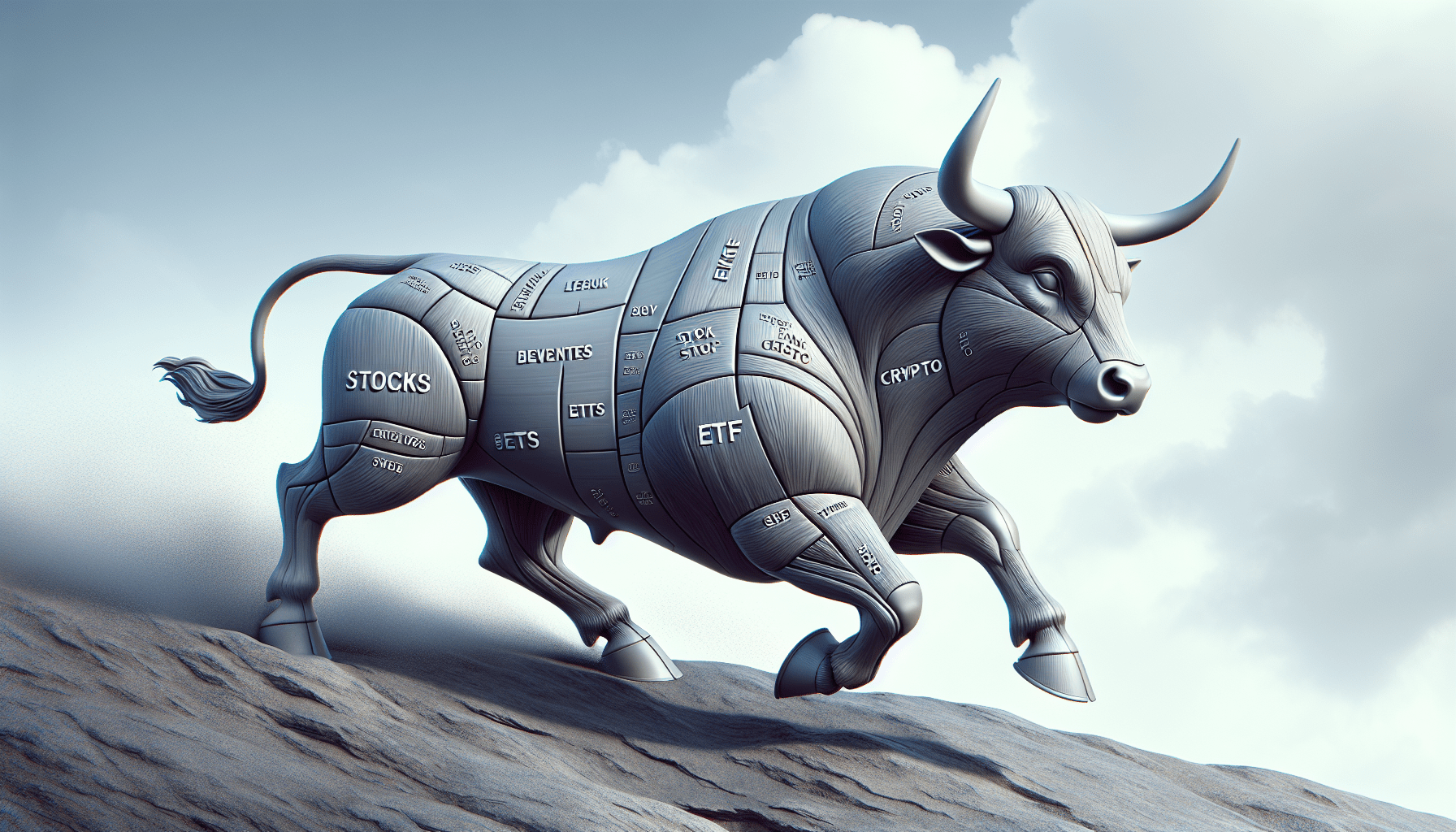Bad News Bulls

There are countless stories circulating about the recent rise in volatility being driven by retail traders buying call options. So the story goes, market makers selling those calls have to then hedge their positions by purchasing stock, hence driving stock prices higher.
The logic appears fair enough. The problem comes in when these same stories begin suggesting this is a new paradigm when combined with low interest rates, Fed stimulus money and technological revolutions propelling price potential into the stratosphere.
Supporting this theory are some statistics around recent options trading. According to the CBOE, single stock option volume in August was up approximately 80% year-over-year. Through Sept. 8, single stock options volume was still increasing, averaging nearly 24 million contracts a day.
Further, since mid-summer, trades of 10 contracts or fewer (10 or fewer contracts are typically associated with retail traders) generally accounted for 60% of all opening call purchases.
To begin, let’s dispel the whole “new paradigm” argument. It floats around a lot, but never once has it actually lasted. There are consequences to everything, including Fed stimulus money and low interest rates. What those consequences will be is anyone’s guess, but it could lead to reckless risk taking that will blow up in some traders’ faces.
But let’s focus on the call buying/hedging element.
The focus of these stories is why stocks are going up. There’s an implicit suggestion that traders can participate by buying calls because they would be de facto forcing market makers to buy stock, pushing prices higher.
The sustainability of this suggestion is questionable. First, once these out-of-the-money calls being bought stop making money, retail traders will stop buying them. It’s classic short-term bubble behavior. Second, it leaves out a rather important caveat. When the call buying stops, that suggests there’s a lot of stock to be sold which, assuming the same effect of higher moving prices, suggests a massively quick drop.
Tastytrade research shows that selloffs are more violent than run-ups, and if prices begin falling because market makers begin unwinding hedges, it’s a safe bet that retail investors long stocks will panic sell just like they did in March (at which point high-frequency trading firms—the same ones buying stock to hedge themselves and driving prices higher—will inevitably be blamed for the selloff).
Options are often misunderstood and misused. Paradigms don’t switch overnight. Progress is made slowly and steadily. Get-rich-quick ideas lead to get-poor-faster results.
So if you want to buy those calls, good luck to you. But this movie has played out before, and like most remakes, things tend to just get worse.
Josh Fabian has over 30 years of active investing experience and is Tom Sosnoff’s best disabled friend. @Josh_plaintalk



















